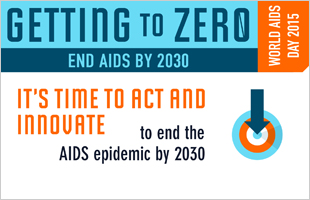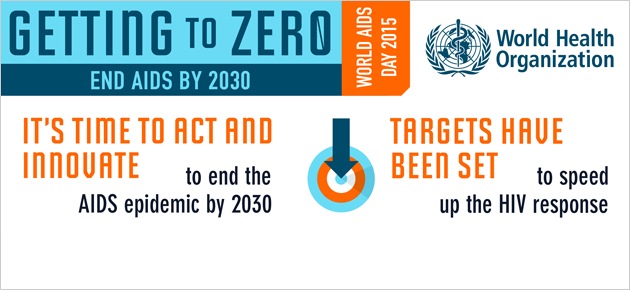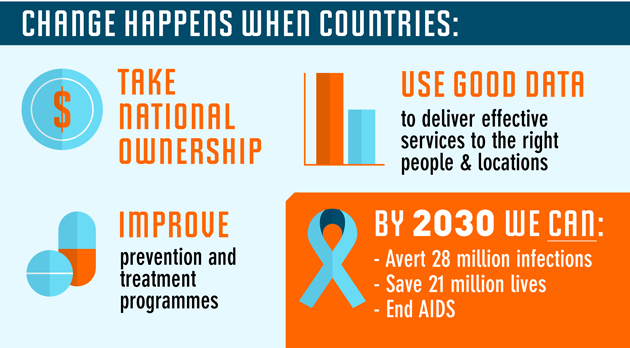Key facts
(Source of Info: World Health Organization)
- HIV continues to be a major global public health issue, having claimed more than 34 million lives so far. In 2014, 1.2 [980 000–1.6 million] million people died from HIV-related causes globally.
- There were approximately 36.9 [34.3–41.4] million people living with HIV at the end of 2014 with 2.0 [1.9–2.2] million people becoming newly infected with HIV in 2014 globally.
- Sub-Saharan Africa is the most affected region, with 25.8 [24.0–28.7] million people living with HIV in 2014. Also sub-Saharan Africa accounts for almost 70% of the global total of new HIV infections.
- HIV infection is often diagnosed through rapid diagnostic tests (RDTs), which detect the presence or absence of HIV antibodies. Most often these tests provide same day test results; essential for same day diagnosis and early treatment and care.
- There is no cure for HIV infection. However, effective antiretroviral (ARV) drugs can control the virus and help prevent transmission so that people with HIV, and those at substantial risk, can enjoy healthy and productive lives.
- It is estimated that currently only 53% of people with HIV know their status. In 2014, approximately 150 million children and adults in 129 low- and middle-income countries received HIV testing services.
- By mid-2015, 15.8 million people living with HIV were receiving antiretroviral therapy (ART) globally.
- Between 2000 and 2015, new HIV infections have fallen by 35%, AIDS-related deaths have fallen by 24% with some 7.8 million lives saved as a result of international efforts that led the global achievement of the HIV targets of the Millennium Development Goals.
- Expanding ART to all people living with HIV and expanding prevention choices can help avert 21 million AIDS-related deaths and 28 million new infections by 2030.






